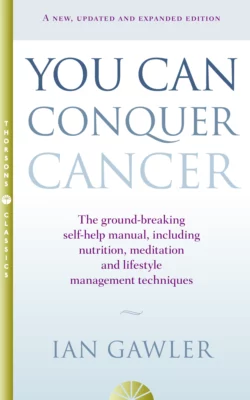You Can Conquer Cancer: The ground-breaking self-help manual including nutrition, meditation and lifestyle management techniques

Ian Gawler
Тип: электронная книга
Жанр: Спорт, фитнес
Язык: на английском языке
Стоимость: 467.61 ₽
Статус: В продаже
Издательство: HarperCollins
Дата публикации: 16.04.2024
Отзывы: Пока нет Добавить отзыв
О книге: “People faced with cancer take life seriously – very seriously. They want answers; they need to know what works. I know the feeling. For over twenty years now I have sat in groups with thousands of others going through cancer. Between us we have tried many things. We have worked out what works. My job has been to collect these experiences.”A revolutionary book when first published in 1984, You Can Conquer Cancer has sold more than 250,000 copies worldwide and it’s earlier editions have been translated into numerous languages including German, Dutch, Russian, Swedish, Thai, Korean and Hebrew. A must-read classic on the topic of cancer it has become one of the most widely read books on the subject emphasising the importance of nutrition, the power of the mind, meditation, family, social support and the spiritual dimension of life.This new edition contains important additional material, as well as whole new sections of updated information. The book highlights the difference between “positive thinking” and “wishful thinking”, shares stories of remarkable survivors of cancer along with an extensive chapter on the theme of “good death” and dedicates whole chapters to the subject of nutrition, explaining how it can affect – for the better – entire families. Remarkable for it’s clarity and conciseness, this new edition of You Can Conquer Cancer enlarges upon what is a truly integrated, holistic approach to cancer.